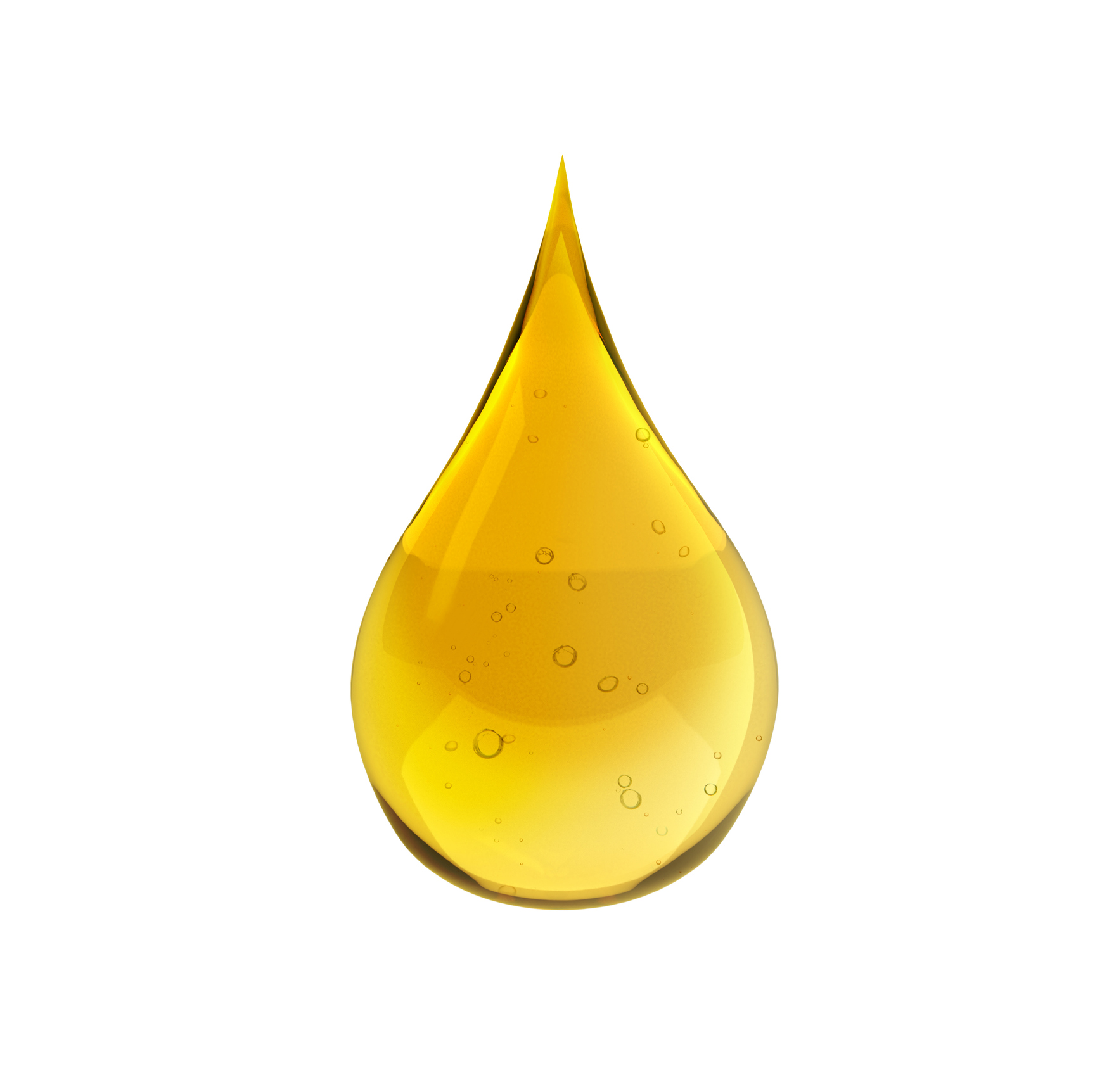Microfluidic Device for Precise Paired Fusion of Multiple Lipid Droplets
TECHNOLOGY NUMBER: 7595
Tags:

OVERVIEW
Novel device for efficient droplet merging in microfluidic assays
- Increases throughput and reduces reagent cost by improving pairing efficiency
- Applies to single-cell analysis, drug screening, genomics, and cell interaction studies
BACKGROUND
Droplet-based microfluidics assays are pivotal in biological research, offering single-cell resolution in applications like antibody and enzyme screening, drug discovery, genomics, transcriptomics, and cell-cell interaction analysis. Traditionally, these assays involve encapsulating cells or particles in droplets, a stochastic process that frequently results in droplets either remaining empty or containing multiple cells. This inefficiency reduces screening throughput and escalates reagent costs. Challenges amplify when assays demand the co-encapsulation of two distinct particle types into single droplets. The conventional co-flowing scheme to pair different particles faces low efficiency and produces numerous negative outcomes, including droplets with single or same-type particles, which compromises sample integrity and downstream analyses. Thus, a need exists for improving pairing efficiency to optimize microfluidic assays.
INNOVATION
Researchers have created a droplet merging device which addresses the inefficiencies in conventional microfluidic assays by employing specially-designed microwell arrays that can trap and merge droplets of different sizes. This method creates isolated aqueous compartments that contain the paired droplets' mixed contents, significantly enhancing pairing efficiency. This design increases throughput and reduces reagent costs by minimizing empty and incorrectly paired droplets. Technical advances include the precise trapping and merging capability, resulting in more accurate single-cell analyses and higher assay efficiency. Applications encompass enhanced single-cell analysis, more efficient drug screening, improved genomics and transcriptomics studies, and precise cell-cell interaction investigations, thus driving advancements in biological research and therapeutic development.